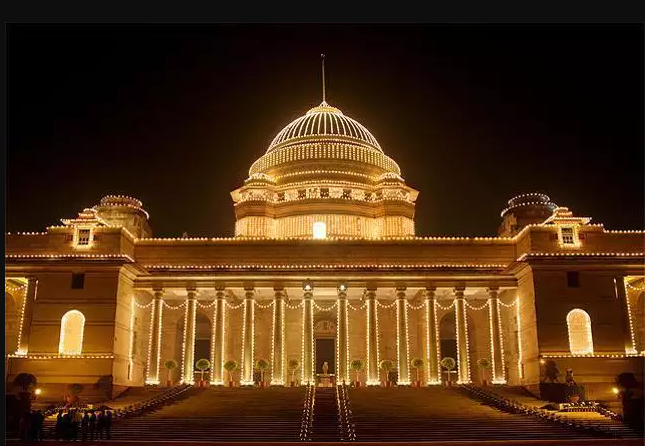Dr. B.R. Ambedkar in one of his seminal speeches before the Constituent Assembly explained the dual polity federal model established under the Constitution:
“Dual Polity under the proposed Constitution will consist of the Union at the Centre and the States at the periphery each endowed with sovereign powers to be exercised in the field assigned to them respectively by the Constitution… the Indian Constitution proposed in the Draft Constitution is not a league of States nor are the States administrative units or agencies of the Union Government.”
Further, when Dr. Ambedkar was questioned in the Constituent Assembly on the centralizing tendency of the Constitution, he responded by saying that:
“The States, under our Constitution, are in no way dependent upon the Centre for their legislative or executive authority. The Centre and the States are co-equal in this matter… It may be that the Constitution assigns to the Centre too large a field for the operation of its legislative and executive authority than is to be found in any other Federal Constitution.
It may be that the residuary powers are given to the Centre and not to the States. But these features do not form the essence of federalism. The chief mark of federalism, as I said lies in the partition of the legislative and executive authority between the Centre and the Units by the Constitution. This is the principle embodied in our Constitution.”
It emerges from the speeches of Dr Ambedkar in the Constituent Assembly that India adopted a federal model, in which the Union and the States were meant to operate within their assigned legislative domains. The States are not subservient to the Union. The legislative domain of the States was exclusive, and cannot be interfered with by the Union. This principle has been reiterated in judgments of the Court.
Justice B.P. Jeevan Reddy, in his separate opinion, in S R Bommai v. Union of India[1], where federalism was held to be part of the basic structure, held that, the States were independent and supreme in the sphere allotted to them, even if the Constitution has a centraizing drift:
“276. The fact that under the scheme of our Constitution, greater power is conferred upon the Centre vis-à-vis the States does not mean that States are mere appendages of the Centre. Within the sphere allotted to them, States are supreme. The Centre cannot tamper with their powers. More particularly, the courts should not adopt an approach, an interpretation, which has the effect of or tends to have the effect of whittling down the powers reserved to the States.”
In terms of the above discussion in the Constituent Assembly and the judgment of the Court, it is clear that the Constitution provides States with power to function independently within the area transcribed by the Constitution. The States are a regional entity within the federal model. The States in exercise of their legislative power satisfy the demands of their constituents and the regional aspirations of the people residing in that particular State.
In that sense, the principles of federalism and democracy are interlinked and work together in synergy to secure to all citizens justice, liberty, equality and dignity and to promote fraternity among them. The people’s choice of government is linked with the capability of that government to make decisions for their welfare.
The principles of democracy and federalism are essential features of our Constitution and form a part of the basic structure. Federalism in a multi-cultural, multi-religious, multi-ethnic and multi-linguistic country like India ensures the representation of diverse interests. It is a means to reconcile the desire of commonality along with the desire for autonomy and accommodate diverse needs in a pluralistic society. Recognizing regional aspirations strengthens the unity of the country and embodies the spirit of democracy.
Thus, in any federal Constitution, at a minimum, there is a dual polity, that is, two sets of government operate:
One at the level of the national government and the second at the level of the regional federal units. These dual sets of government, elected by “We the People” in two separate electoral processes, is a dual manifestation of the public will. The priorities of these two sets of governments which manifest in a federal system are not just bound to be different, but are intended to be different.
Our model of federalism expects a sense of cooperation between the Union at the centre, and the regional constitutionally recognised democratic units. The spirit of cooperative federalism requires the two sets of democratic governments to iron out their differences that arise in the practice of governance and collaborate with each other.
Reference
Govt NCT of Delhi v. Union of India (2018)
[1] (1994) 3 SCC 1
